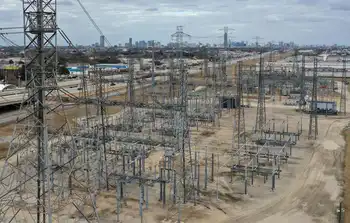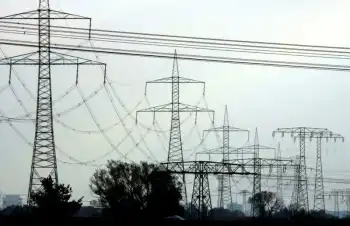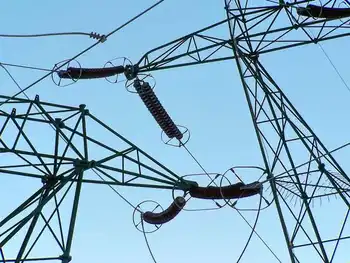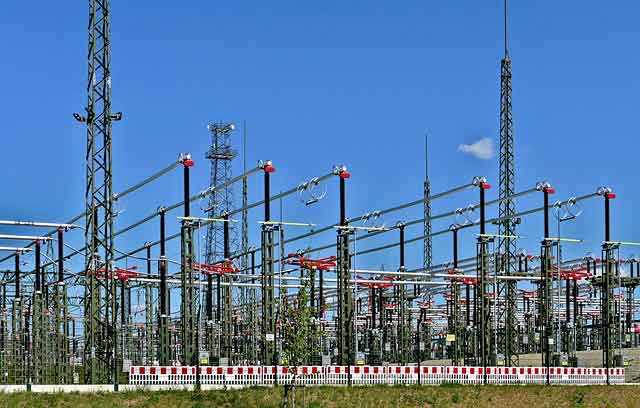Emissions stats concern FARE
PORT HOPE, ONTARIO - Updated uranium emission measurements from Cameco's uranium conversion facility have become a topic of debate between the company and a concerned citizens' group.
Documents outlining the updated figures were presented to about 30 people at a recent Families Against Radiation Exposure (FARE) meeting.
The documents were obtained by FARE the previous week, organization president John Miller said.
According to the document, Cameco emitted 102 kilograms of uranium in 2002; 108 kilograms in 2003; 99 kilograms in 2004; 117.3 in 2005 and 60 kilograms through the first six months of this year. The lower figure for 2004 resulted from a strike by employees.
According to figures from an older document, Cameco's slightly enriched uranium environmental assessment, 2003 emissions measured at 60 kilograms. This was also presented by Mr. Miller.
The new figures result from new measuring techniques practiced by Cameco, spokesperson Doug Prendergast said last week. They do not represent higher emissions. The company initiated a new formula to calculate total emissions "a couple years ago," he said.
In the past, reported measurements were taken from ventilation stacks. What has changed is the way the company calculates "fugitive emissions" - emissions escaping the facility through other means, Mr. Prendergast said.
"It is not an increase (in emissions)," he said. "It is a change in the way the actual numbers are reported."
The 2003 figures changed as a result of the company retroactively recalculating the "fugitive emissions," Mr. Prendergast said.
The monitoring stations inside and outside of Cameco's fence line have not indicated an increase in overall emissions, he said.
Learning of the fugitive emissions opens up a concern, Mr. Miller said at the FARE meeting.
"This tells me this is an old plant leaking like a sieve," he said. Aside from 2004, uranium emissions have increased six to eight per cent annually, Mr. Miller contended.
"How can you say you're emissions are flat when they're increasing every year?" he said.
Mr. Miller said the company should have alerted the public when it changed measurement methods.
"This isn't good enough for us," he said.
Mr. Prendergast said the company has discussed the figures with Mr. Miller.
Emissions from the plant are still lower than what is allowed and the company still meets regulatory requirements, he said.
Related News
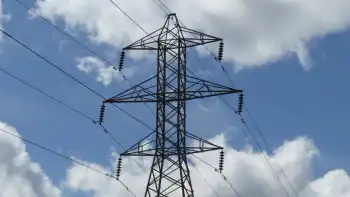
Typical Ontario electricity bill set to increase nearly 2% as fixed pricing ends
TORONTO - Energy bills for the typical Ontario home are going up by about two per cent with fixed pricing coming to an end on Nov. 1, the Ontario Energy Board says.
The province's electricity regulator has released new time-of-use pricing and says the rate for the average residential customer using 700 kWh per month will increase by about $2.24.
The change comes as Ontario stretches into its eight month of the COVID-19 pandemic with new case counts reaching levels higher than ever seen before.
Time-of-use pricing had been scrapped for residential bills for much for the pandemic with a single price set…

